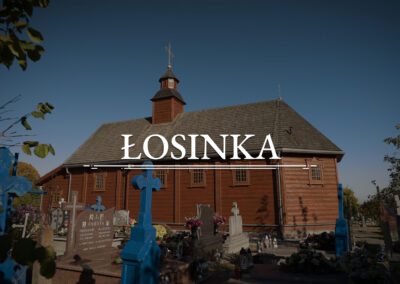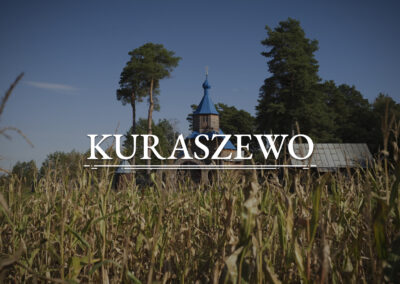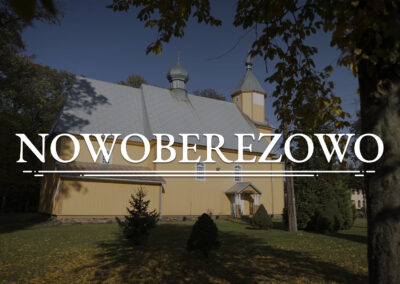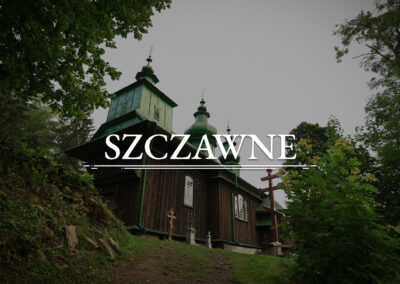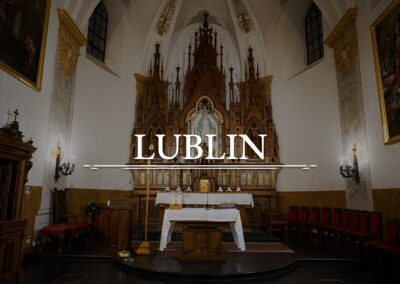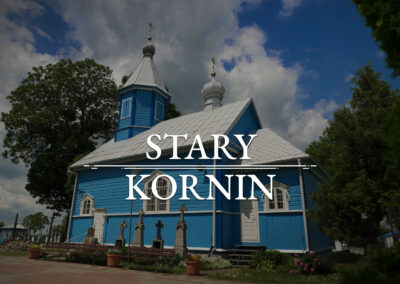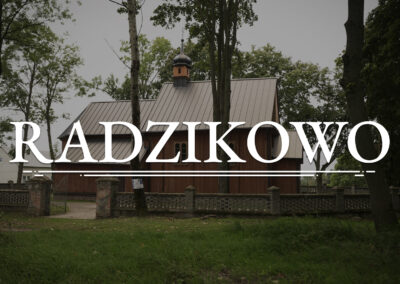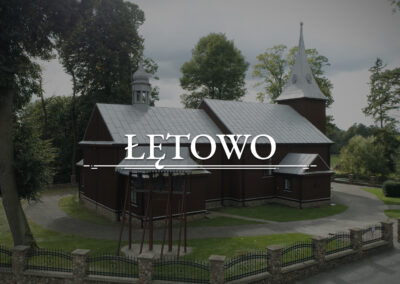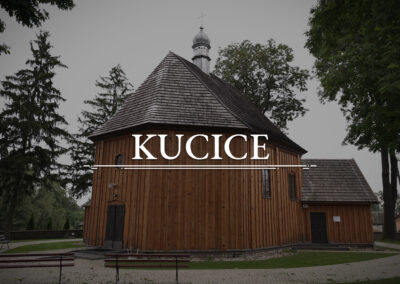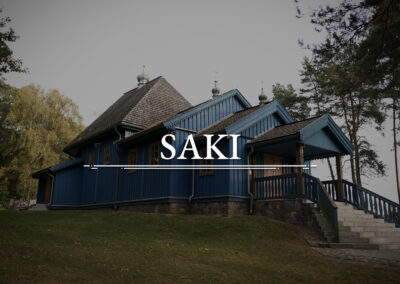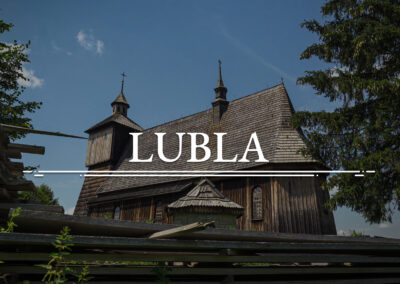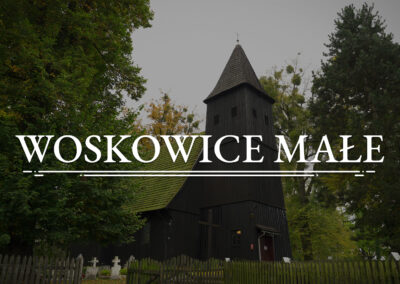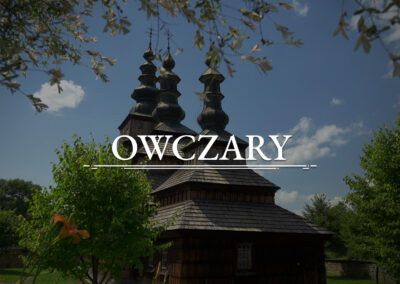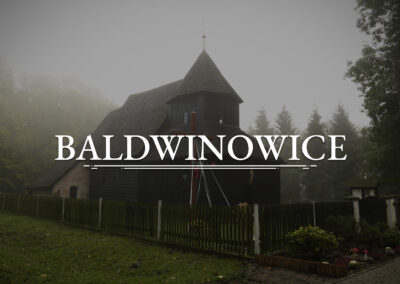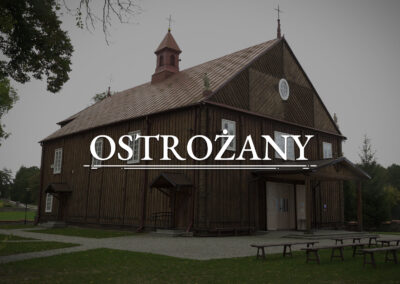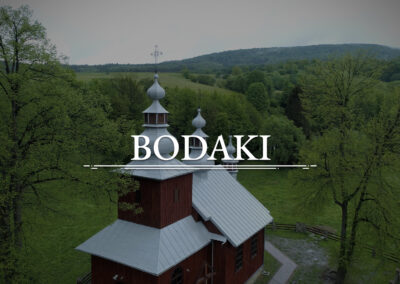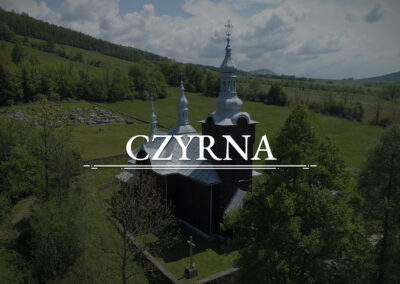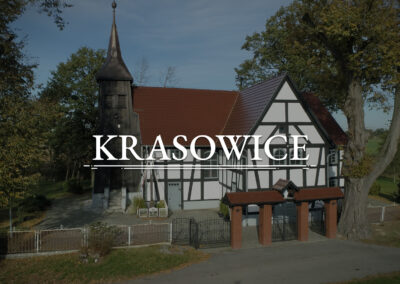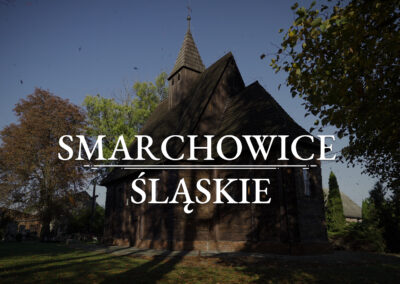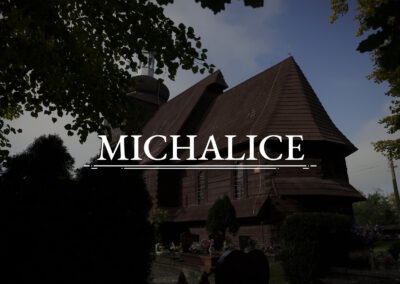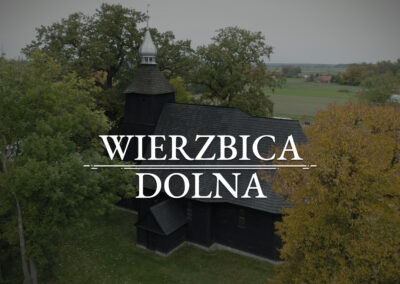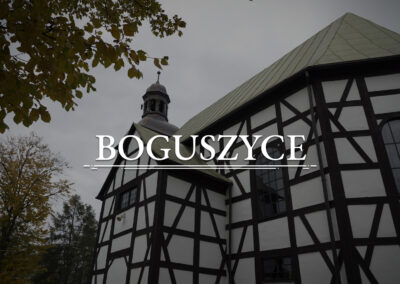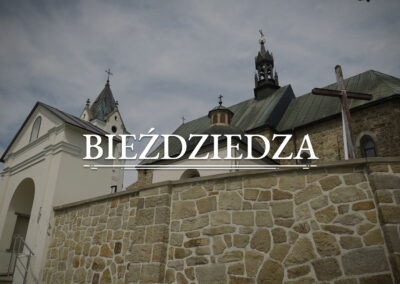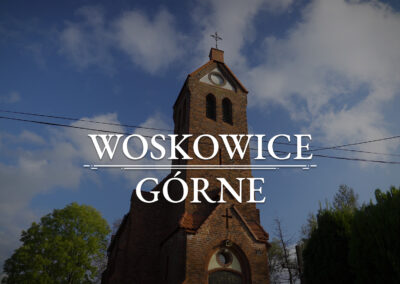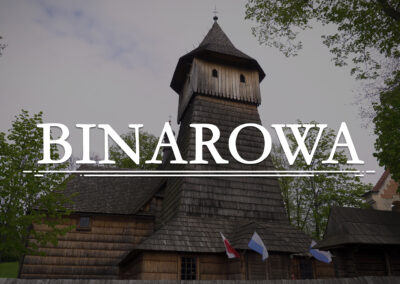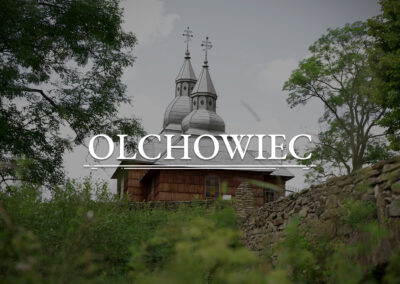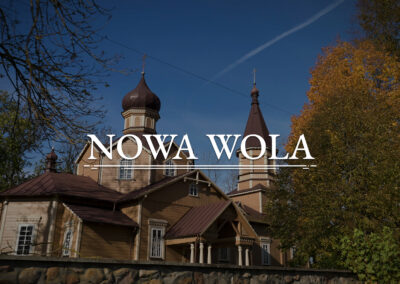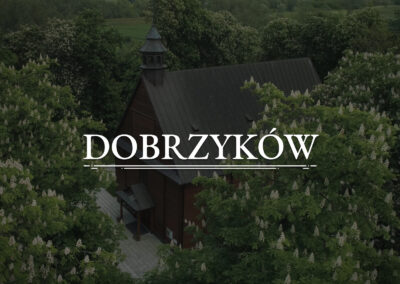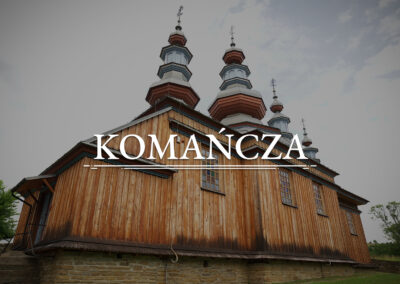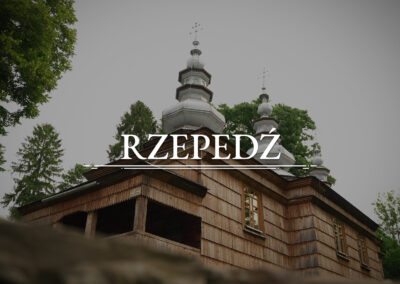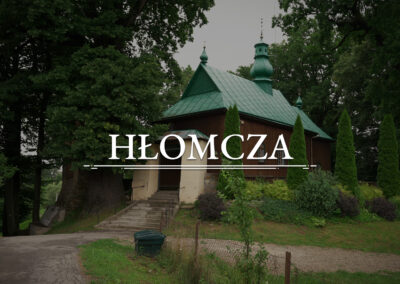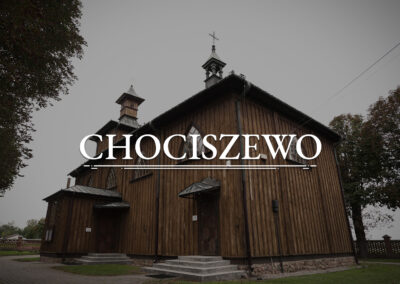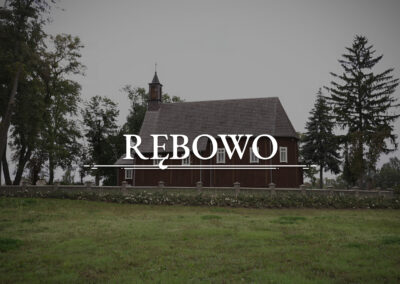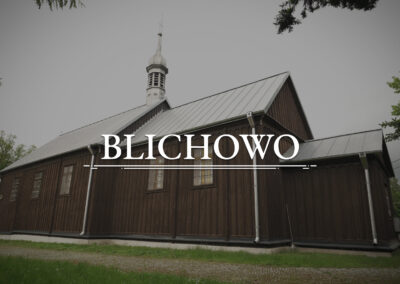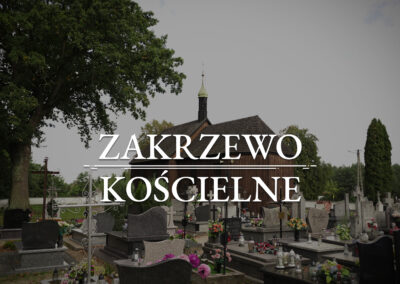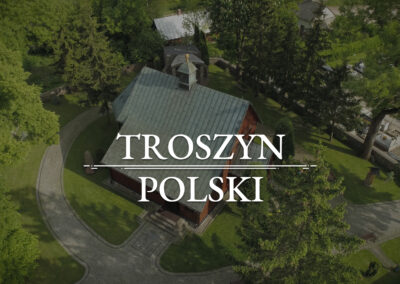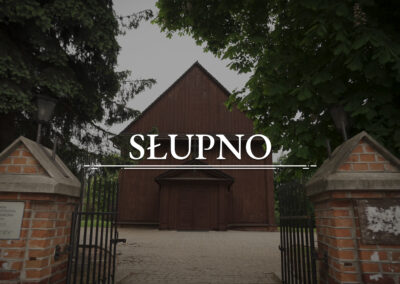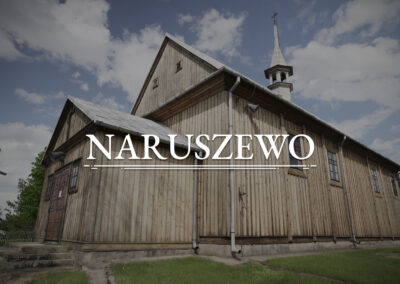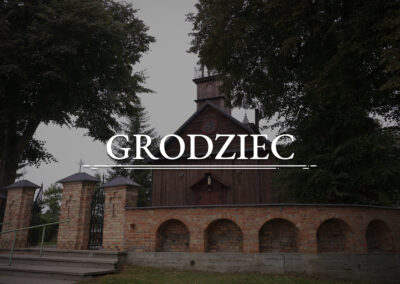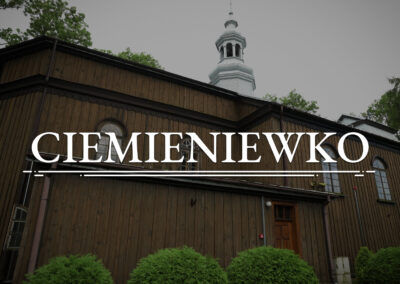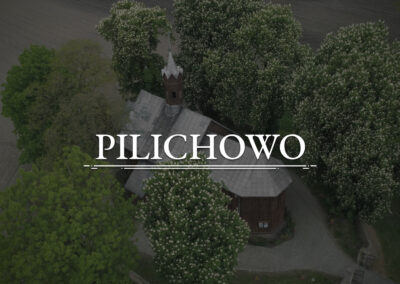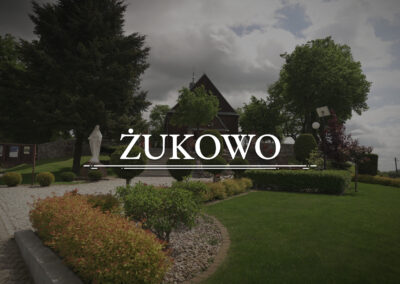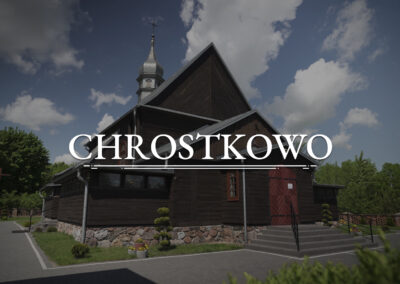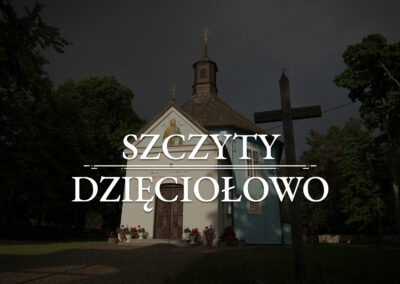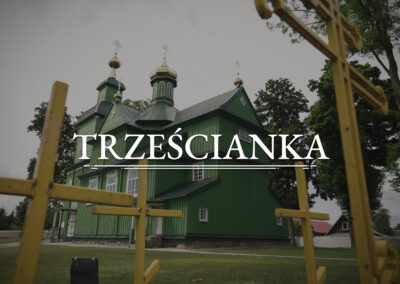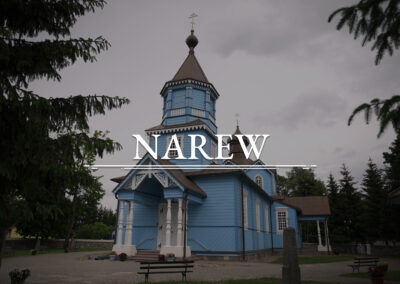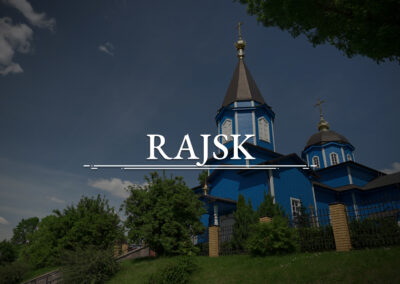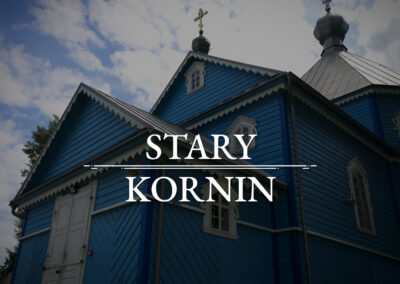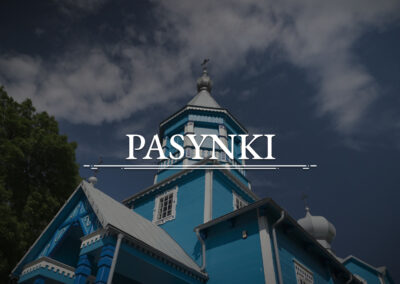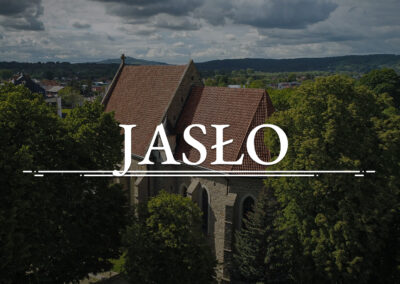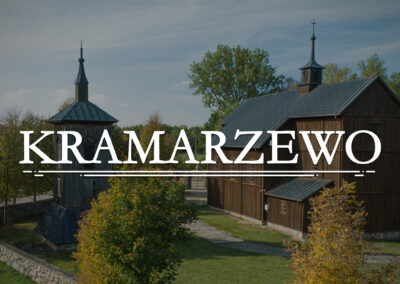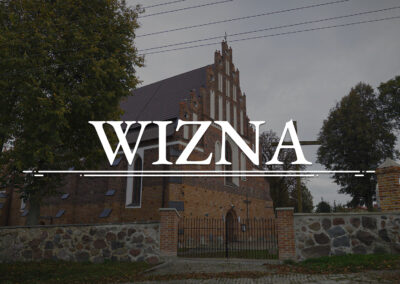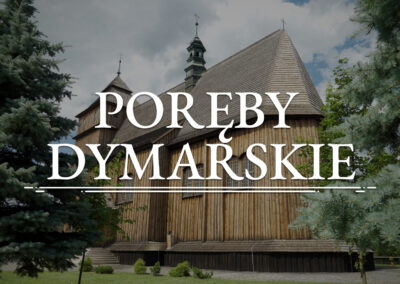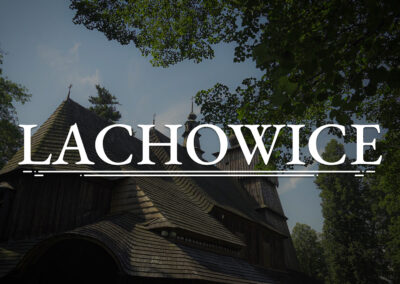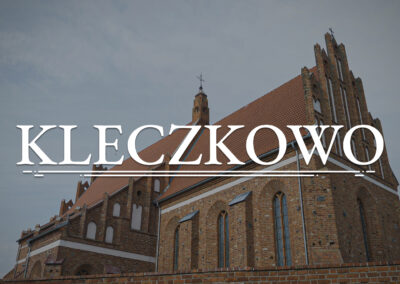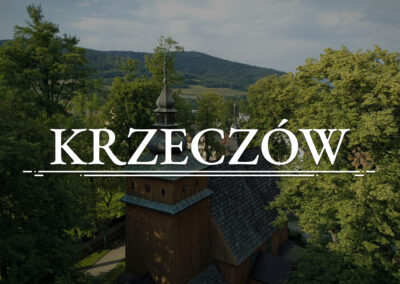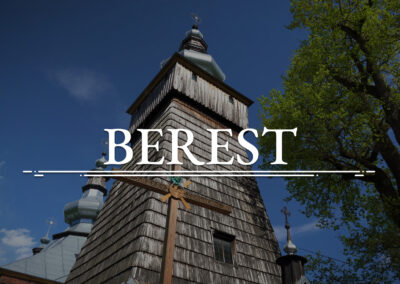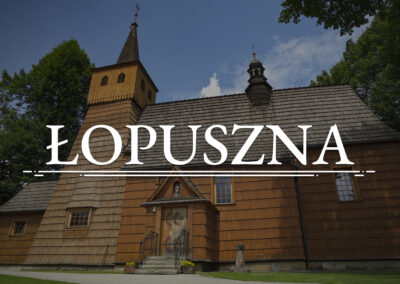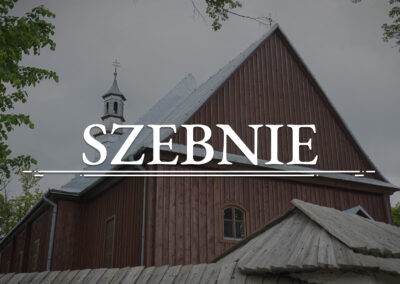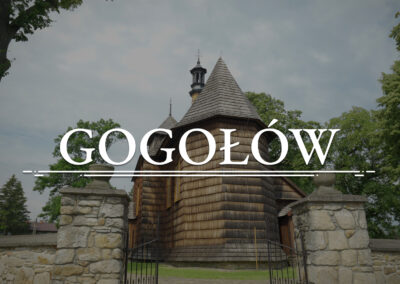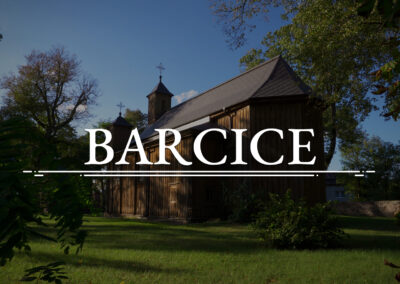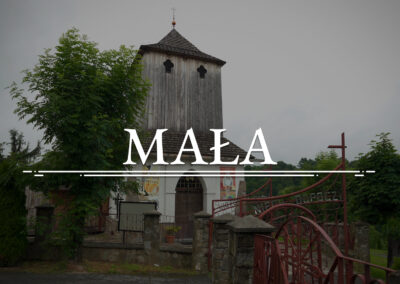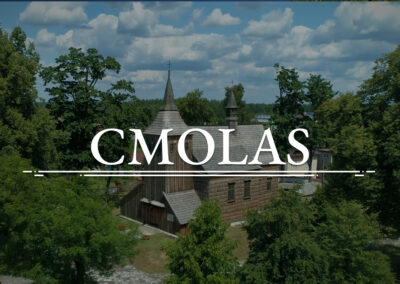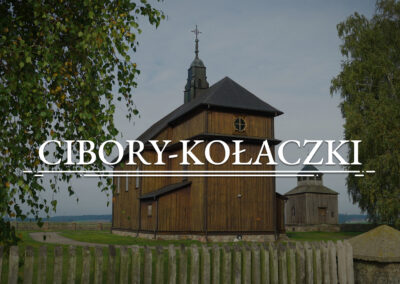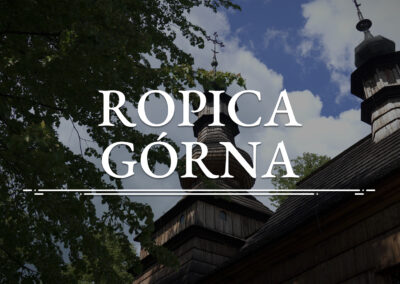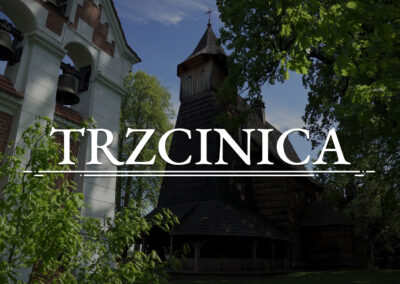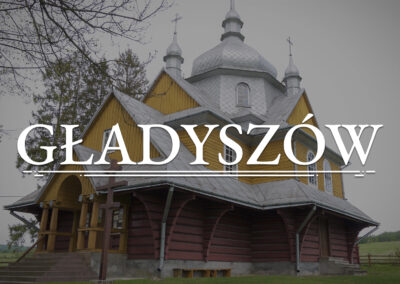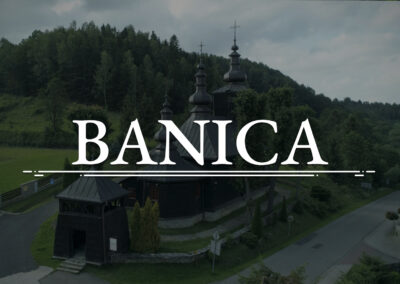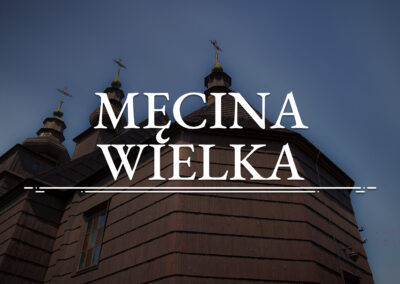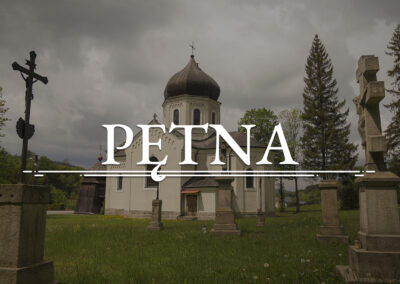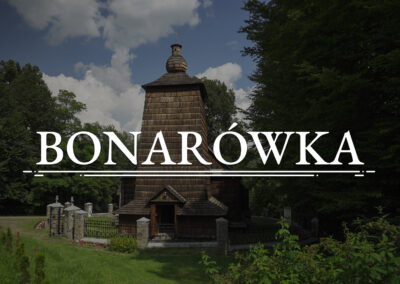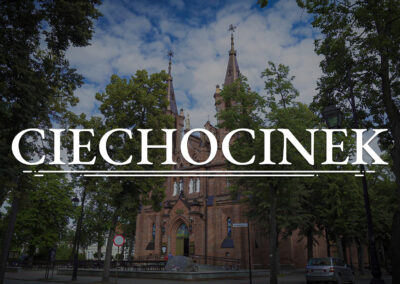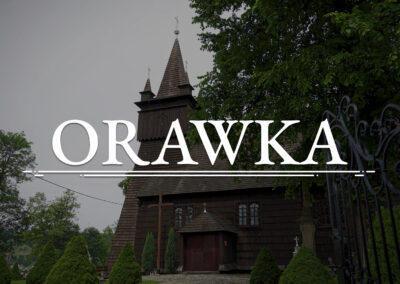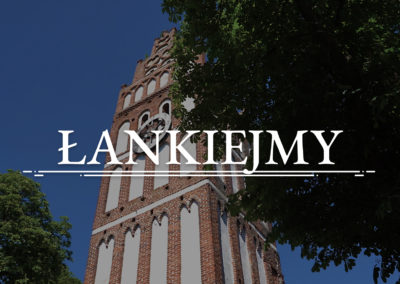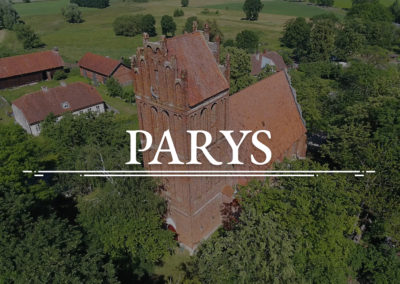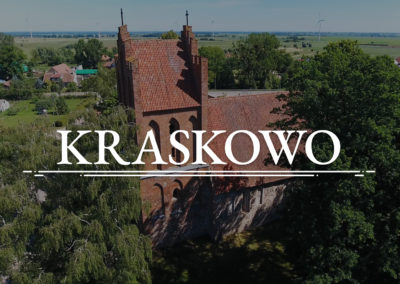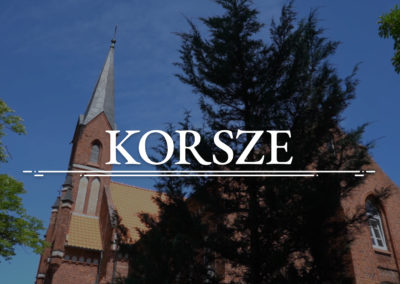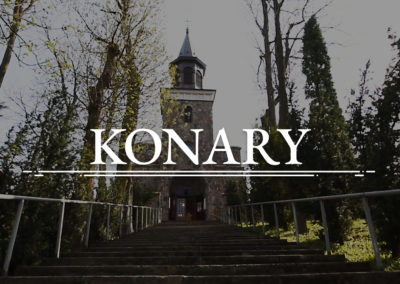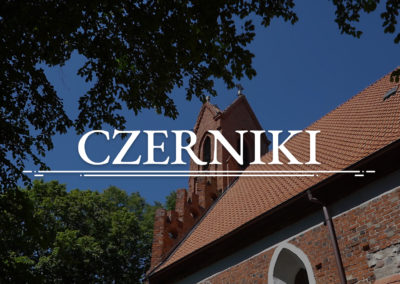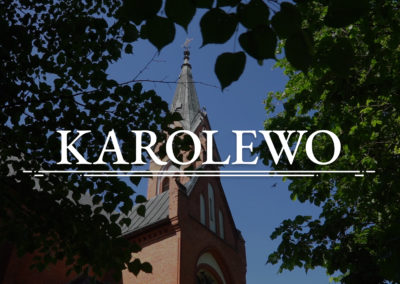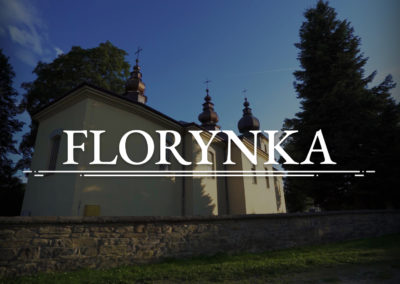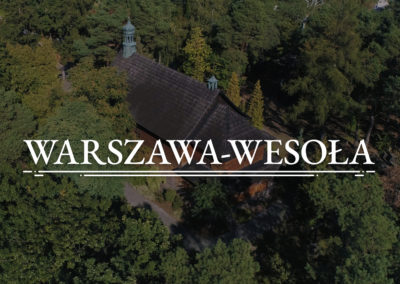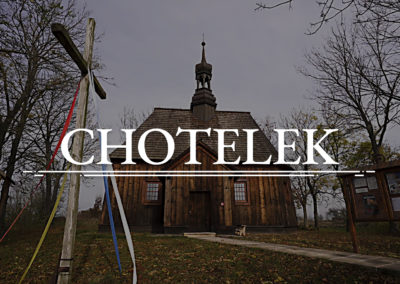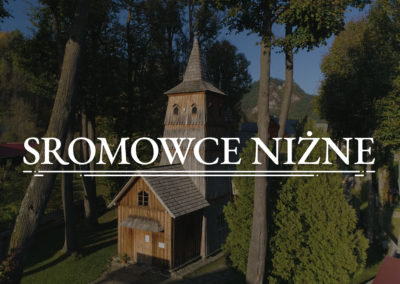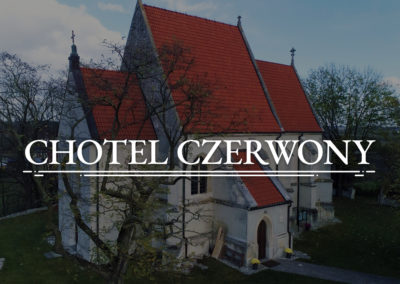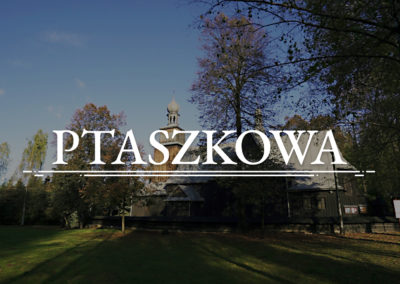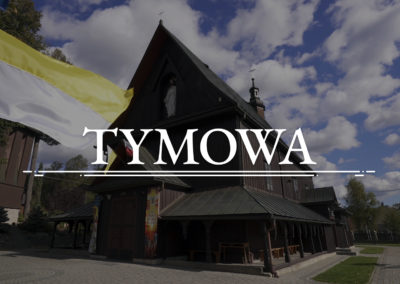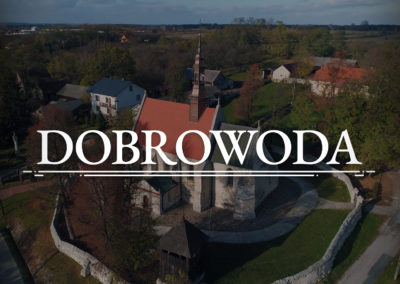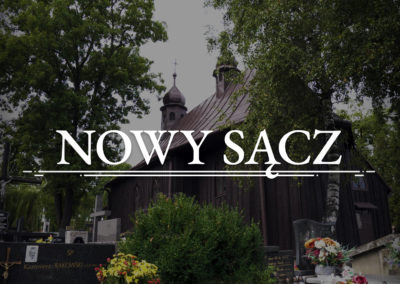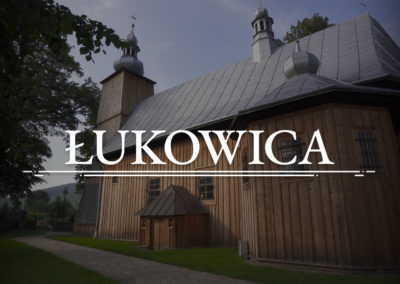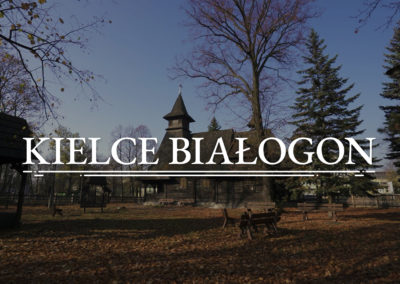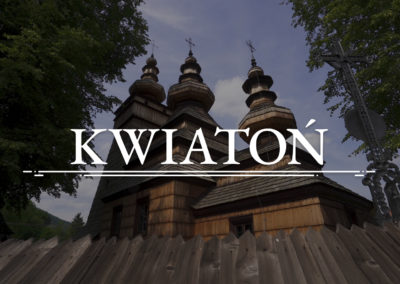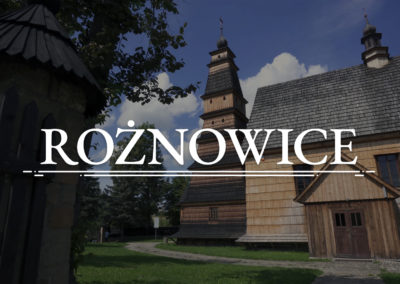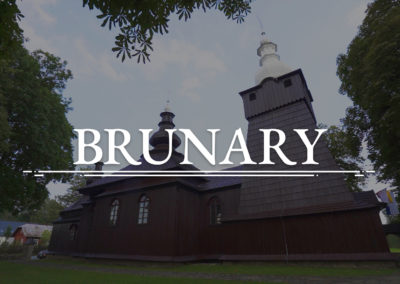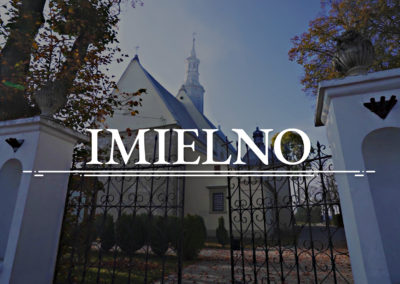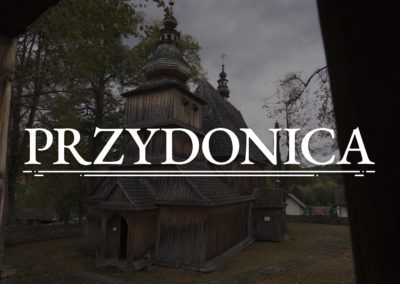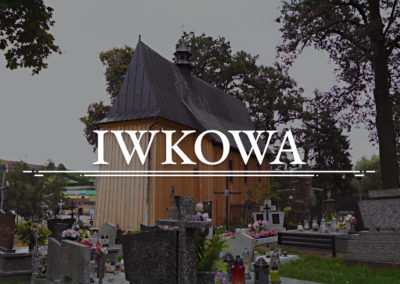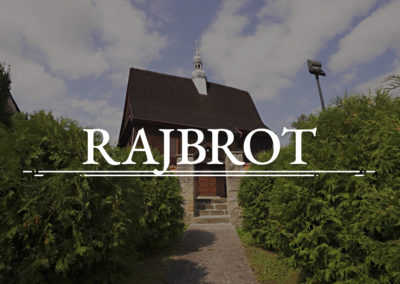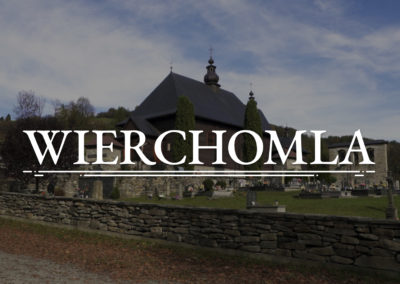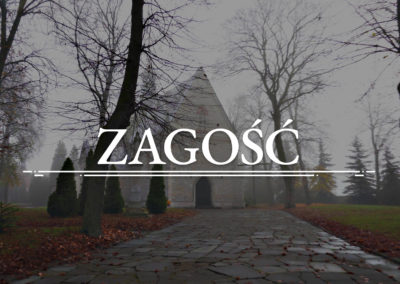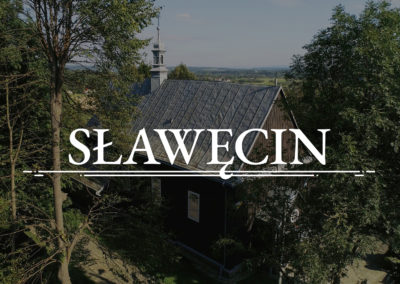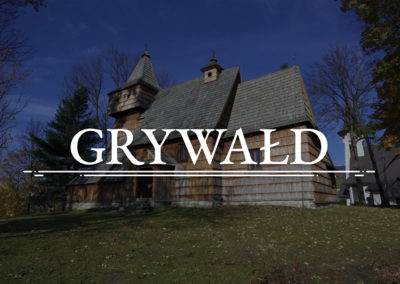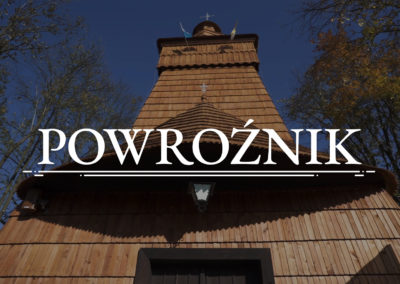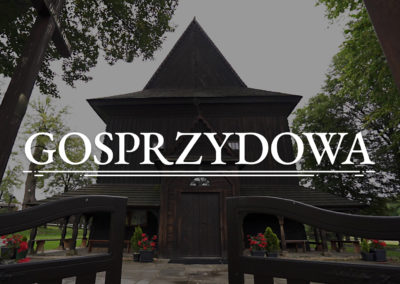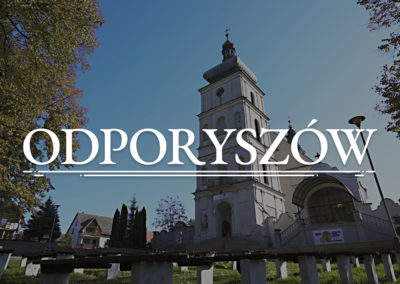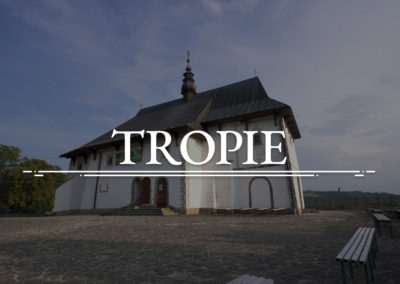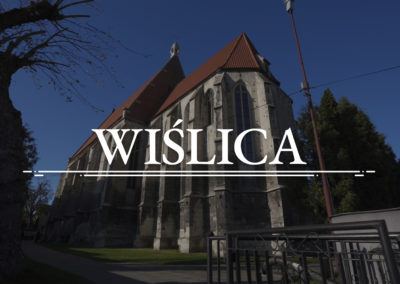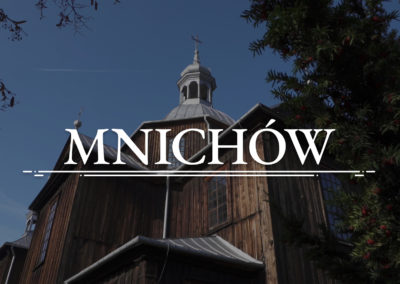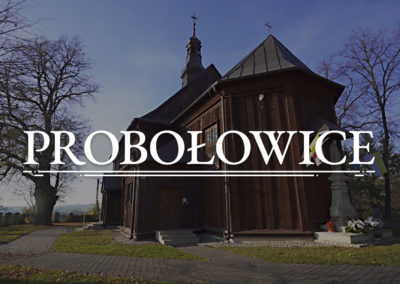POWROŹNIK - Orthodox church St. James the Younger Apostle (UNESCO)
Former Greek Catholic church, currently the temple of the Roman Catholic church of St. James the Younger Apostle in Powroźnik is the oldest church in the Polish Carpathians. Various sources give the year 1600 or 1604 as the date of its creation. The latter date appears on the inscription preserved on the southern wall of the temple.
3D WALKHISTORY
Orthodox church
IN POWROŹNIK
Former Greek Catholic church, currently the temple of the Roman Catholic church of St. James the Younger Apostle in Powroźnik is the oldest church in the Polish Carpathians. Various sources give the year 1600 or 1604 as the date of its creation. The latter date appears on the inscription preserved on the southern wall of the temple.
The Orthodox church in Powroźnik was renovated many times, and in the years 1813-14, after the flood, it was moved from its previous location to its present location, slightly higher. At that time, the temple was thoroughly rebuilt. Only a part of the original building has survived, integrated into the body of the present church as a sacristy. There is a valuable polychrome from 1607.
The temple is oriented to east i.e., the east end is where the altar is placed, the façade and main entrance are accordingly at the west end. The interior layout is tripartite, one-nave in the western Lemko type. Its individual parts have the proper terms for this type of building: sanctuary (in the Catholic church known as the presbytery), nave (place of men’s prayer), women’s gallery (place of women’s prayer) and porch (vestibule). In the past, the nave was separated from the sanctuary in the Powroźnik church by an iconostasis, i.e. a wall covered with icons. Currently, it is separated and moved deeper into the presbytery, but preserved in its entirety. It comes from the first half of the 18th century and contains icons depicting apostles, prophets, martyrs and scenes from the life of St. James the Younger Apostle. In the temple you can also see Carpathian icons from the 17th and 18th centuries (among others, “The Last Judgment”, “Prophet Aaron” or “Ascension of the Lord Jesus”) and a pulpit from the first half of the 18th century, with images of Christ Pantocrator and four Evangelists.
In the past, the area of Powroźnik was inhabited mainly by Lemkos. Most of them were displaced in 1947 as part of the “Wisła” military campaign. At that time, the church came under the authority of the Roman Catholic Church.
In 2013, the building was inscribed on the UNESCO World Heritage List.
The Orthodox church in Powroźnik was renovated many times, and in the years 1813-14, after the flood, it was moved from its previous location to its present location, slightly higher. At that time, the temple was thoroughly rebuilt. Only a part of the original building has survived, integrated into the body of the present church as a sacristy. There is a valuable polychrome from 1607.
The temple is oriented to east i.e., the east end is where the altar is placed, the façade and main entrance are accordingly at the west end. The interior layout is tripartite, one-nave in the western Lemko type. Its individual parts have the proper terms for this type of building: sanctuary (in the Catholic church known as the presbytery), nave (place of men’s prayer), women’s gallery (place of women’s prayer) and porch (vestibule). In the past, the nave was separated from the sanctuary in the Powroźnik church by an iconostasis, i.e. a wall covered with icons. Currently, it is separated and moved deeper into the presbytery, but preserved in its entirety. It comes from the first half of the 18th century and contains icons depicting apostles, prophets, martyrs and scenes from the life of St. James the Younger Apostle. In the temple you can also see Carpathian icons from the 17th and 18th centuries (among others, “The Last Judgment”, “Prophet Aaron” or “Ascension of the Lord Jesus”) and a pulpit from the first half of the 18th century, with images of Christ Pantocrator and four Evangelists.
In the past, the area of Powroźnik was inhabited mainly by Lemkos. Most of them were displaced in 1947 as part of the “Wisła” military campaign. At that time, the church came under the authority of the Roman Catholic Church.
In 2013, the building was inscribed on the UNESCO World Heritage List.
Sources:
www.drewniana.malopolska.pl/?page=obiekty&id=154
parafiapowroznik.pl/?page_id=130
powroznik-wiz.diecezja.tarnow.pl/#parafia
Powroźnik - Orthodox church St. James the Younger Apostle
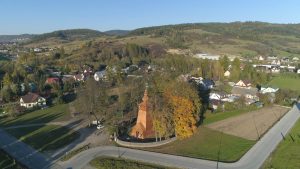
Check other objects
Contact
Tel: 500 100 500
fundacja@swiatynia3d.pl
Monday - Friday
10:00 – 17:00
Saturday
10:00 – 14:00
Sunday
closed
Sign temple
Add a report for a 3D walk

